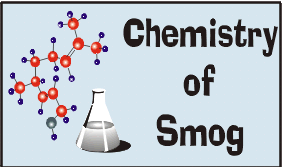 |
Ultra-violet radiation from the
sun enters the earth's atmosphere and is reflected in the form of infra-red
radiation. Carbon dioxide in the atmosphere acts as an insulator and traps
infra-red radiation, reflecting it back to the surface of the earth. If
we did not have carbon dioxide in our atmosphere, the earth would be too
cold to support human life, however, human activity has resulted in a dramatic
increase in carbon dioxide and other greenhouse gas concentrations and
it is feared that this may cause the temperature of the earth to rise. |



















